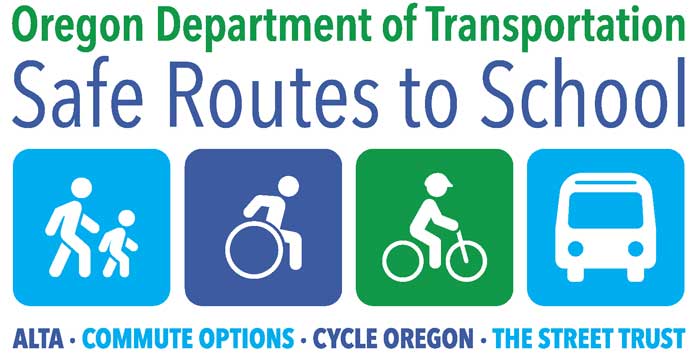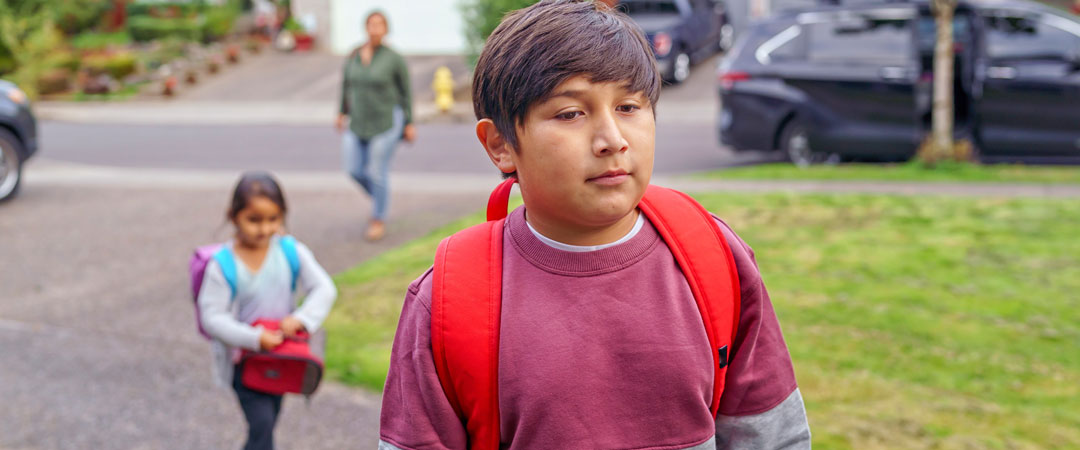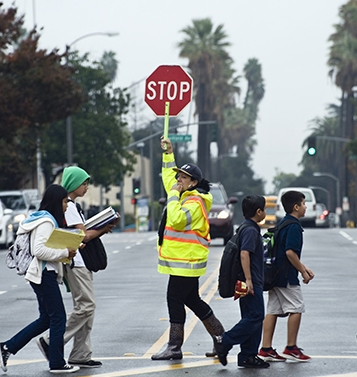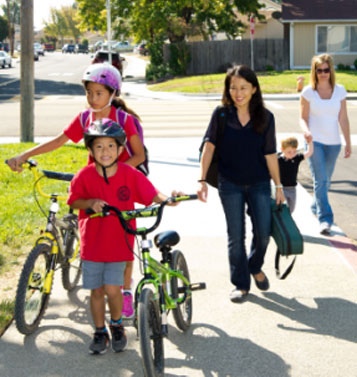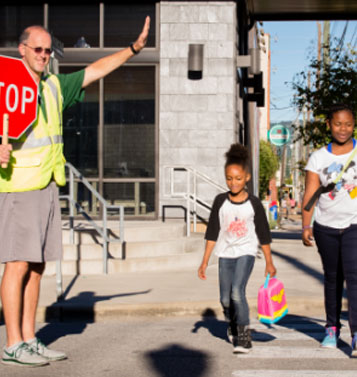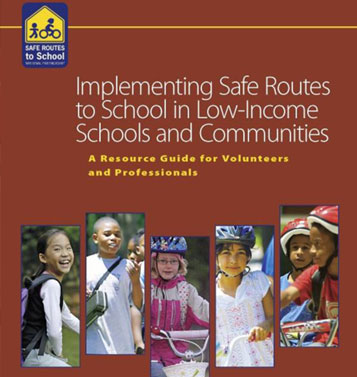Embracing Equity in Safe Routes to School Programs
Serving all members of all Oregon communities
What do we mean by equity?
Equity recognizes that people from different backgrounds have unique barriers to living healthy, fulfilled lives. To support breakthrough outcomes for historically marginalized communities throughout Oregon, we need to understand the different barriers and opportunities that affect different groups, and craft our policies, programs, and overall approaches with those various challenges and needs in mind.
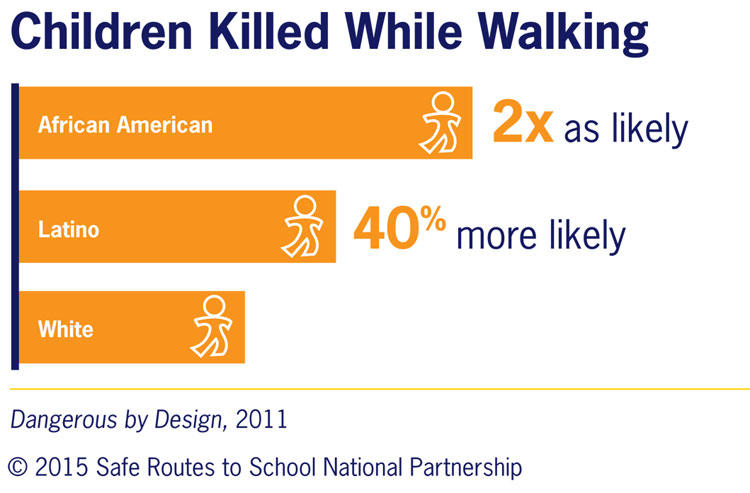
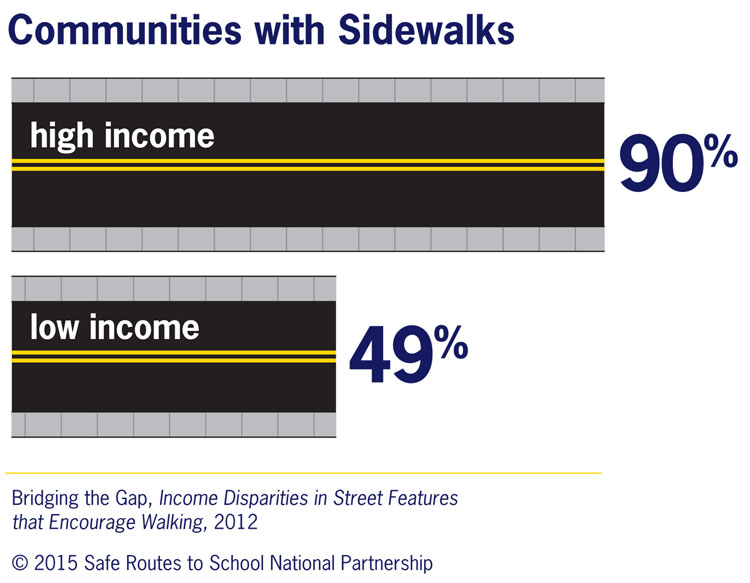
What does it have to do with Safe Routes to School?
-
- Children from low-income families are twice as likely as children from wealthier families to walk to school, but they often face significant traffic and personal safety challenges on the trip to school.
- Low-income, urban residents are more likely to experience busy streets, poor pedestrian and bicycle infrastructure, and threats from crime and violence.
- Low-income, rural communities often lack sidewalks and may see high-speed state highways bisecting their communities.
- Low-income communities and communities of color often have inadequate street infrastructure and do not have the funding, strong policies, or staffing resources available for building streets that are safe for walking and bicycling.
Safe Routes Equity Resources
The guides, toolkits, and other resources provided here can help you incorporate equity considerations into your SRTS efforts.
Volunteer Toolkit
This toolkit from the Safe Routes to School National Partnership describes strategies for recruiting, appreciating, engaging, and sustaining volunteers.
Safe Routes to School Messaging for Pros
How to be a Parent Champion for Safe Routes to School
This Safe Routes to School National Partnership document describes how parents and families can get involved in Safe Routes to School, through data collection, school and neighborhood improvements, policy change, and programs to enable and encourage more walking and bicycling.
Keep Calm and Carry On to School
This infobrief from the Safe Routes to School National Partnership includes an overview of key principles and describes specific strategies and techniques in three categories: engineering, operations and programming, and education and enforcement.
Low Income Resource Guide
This resource guide focuses on schools and communities where at least half of students or community residents are low-income. It includes specific tips for getting started with SRTS in low income communities. It also includes an overview and explanation of six key challenges often identified in implementing SRTS in low income schools and communities.
National PTA Diversity Inclusion Toolkit
Community Engagement Guide
King County has developed this Community Engagement Guide for employees and programs to promote effective engagement and customer service with all county communities.
Guide to Creating Inclusive Campaigns
This document helps to put employees in the best position to run a successful, inclusive marketing campaign in conjunction with the guidelines outlined by King County’s Equity and Social Justice Strategic Plan.
